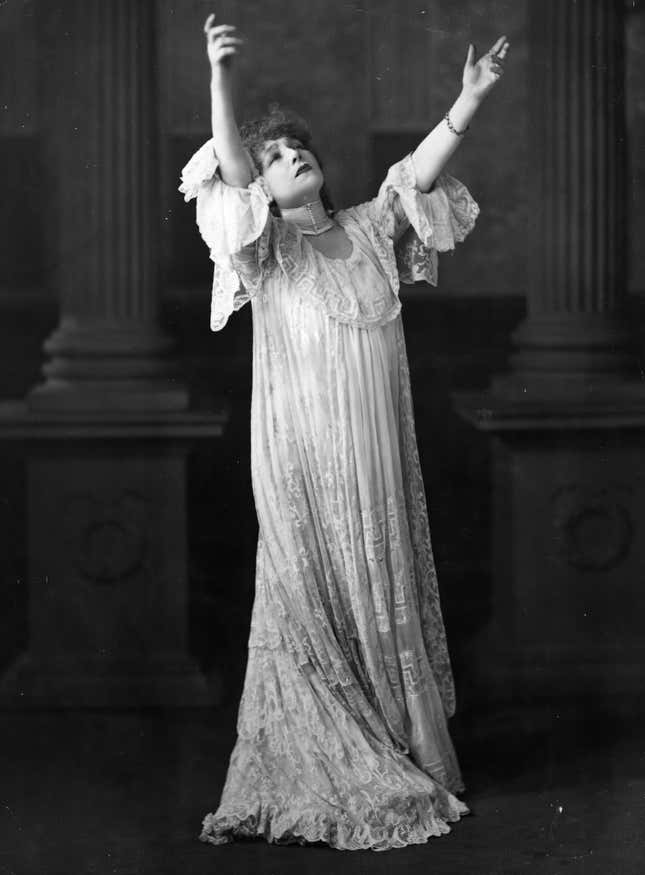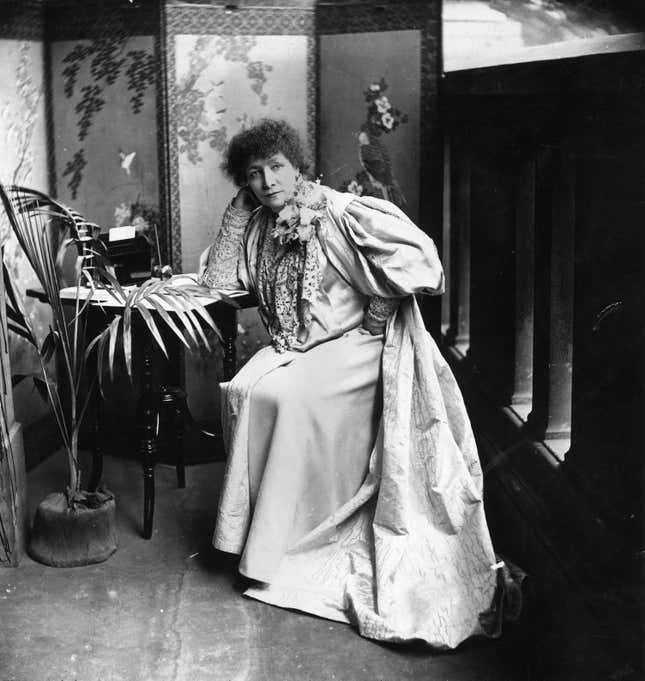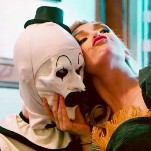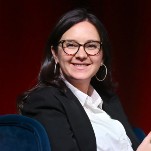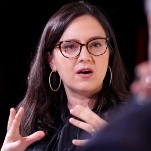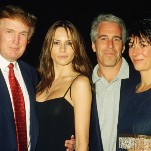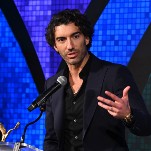The 19th Century Queen of Celebrity Culture
In Depth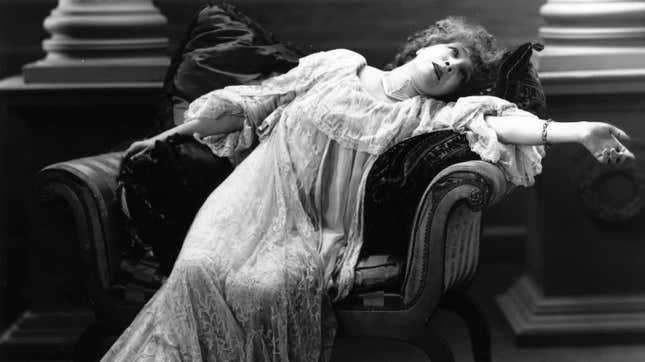

To hear tell of Instagram influencers, you’d think the art of attracting—and more importantly, holding—public attention were something new. But there isn’t a trick in the book that famed 19th-century actor Sarah Bernhardt couldn’t have taught any YouTuber out there.
In her new book, The Drama of Celebrity, Columbia University English professor Sharon Marcus takes a new look at a defining concept of our time. She explains it as fundamentally a kind of meta-theater: “Celebrity is this alchemy of interactions between publics, media, and the stars themselves, and you can’t really predict who’s going to be a star, who’s going to stay a star—and that itself I came to realize is part of why we’re interested in celebrities,” Marcus explained to me. “We’re not just interested in celebrities because we like knowing about who’s divorcing whom and whether someone got rid of her baby bump quickly. We’re also interested in how our own interest is going to pan out.”
“There’s an unpredictable gaming element to it, and we’re one of the players, but we’re not the only player,” she added. That’s what makes it compelling, of course.
Celebrity is also much older than the Hollywood studio system that looms so large in our understanding of the concept, Marcus reminds her reader; “The decline of the film studios in the 1960s, the breakdown of broadcast television that began in the 1980s, and the rise of the Internet since the 1990s have returned celebrity culture to its more anarchic 19th-century roots.” That makes Bernhardt, one of the most famous women of her age, a fascinating case study. For her book, Marcus combed through French newspapers, unflattering caricatures, and crumbling scrapbooks from the fans of the era—fandom isn’t new under the sun, either—to look at the ways that Bernhardt appealed to her audiences, the way her audiences responded, and where the nascent mass media fit in.
I spoke to Marcus about her work; Instagrammers faking their luxury vacations have absolutely nothing on Sarah Bernhardt posing for pictures sleeping in her coffin.
JEZEBEL: What makes Sarah Bernhardt such a good case study for how celebrity works?
SHARON MARCUS: She had an incredibly long career, so by studying her, I was able to trace celebrity culture from the 1860s to the 1920s. She was born in 1844 and starts acting very young; she dies in 1923 and is working almost until she dies.
She coincided with crucial media innovations that helped modern celebrity culture take off, like a cheap daily newspaper culture where many, many people are reading. Starting in the 1830s, newspapers are doing a volume business and they need to please people. As a result, they start covering a lot more crime, scandal, and celebrity. She also coincides with the invention of photography and with photographs becoming cheap and easily available. She coincides with the invention of the phonograph, the sound recording, and her voice was prized. She coincides with the rise of the telegraph cable, where news could travel around the world more quickly, so she becomes a global star because it was literally the case that she could get married in 1882 in England and the news would have traveled to Tennessee and Brazil within a week. A week may seem slow to us, but before that, news like that would take so long it wasn’t really news.
She not only was herself a celebrity figure who was known for her acting talents and for her distinctive looks, but she was also one of the first people to deliberately give out news of her private life, because she understood how celebrity culture worked. The reason that she became such an important figure for the history of celebrity was that she was both an object and an agent of celebrity culture. She understood that she needed to have her photograph taken and think cannily about what her photographs looked like in order to become a star. She understood she needed to engage with the press about how they covered her if she was going to maintain her celebrity. She would let herself be caricatured, because I think she instinctively understood that negative was as important as positive publicity. She befriended many newspaper editors so she always had access to at least a few papers that would give a positive spin to any controversies she was in.
-

-

-

-

-

-

-

-

-

-

-

-

-

-

-

-

-

-

-

-

-

-

-

-

-

-

-

-

-

-

-

-

-

-

-

-

-

-

-

-

